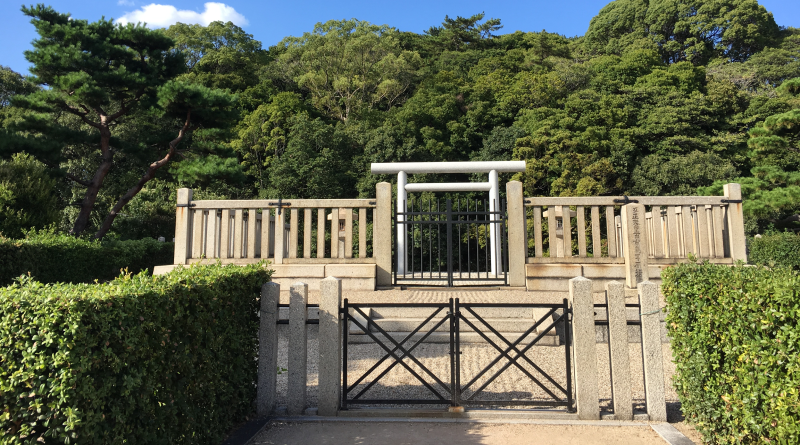
The Graves of Kings: Osaka’s Mozu-Furuichi Kofungun
You can find Unusual graves and tombs in just about every culture throughout the entire world. Typically the more important, powerful, or wealthy a person was, the more eye-catching their final resting place. Japan in particular is home to some very special burial mounds, or tumuli, known as kofun. You can find these burial plots throughout the country and Osaka is home to a handful of them. Perhaps, the most well-known kofun in Osaka Pref. are the Mozu-Furuichi Kofungun.
The Mozu-Furuichi Kofungun got official nomination as a UNESCO World Heritage Site in 2019!
What are Kofun?
Kofun, or kofungun when found in clusters, are large mound tombs for the remains of some of Japan’s most ancient leaders. Though kofun come in many different shapes, the keyhole shaped kofun, zenpokoenfun [前方後円墳], are unique only to Japan. Many keyhole kofun were built around the 5th century and required a tremendous amount of manpower to build.
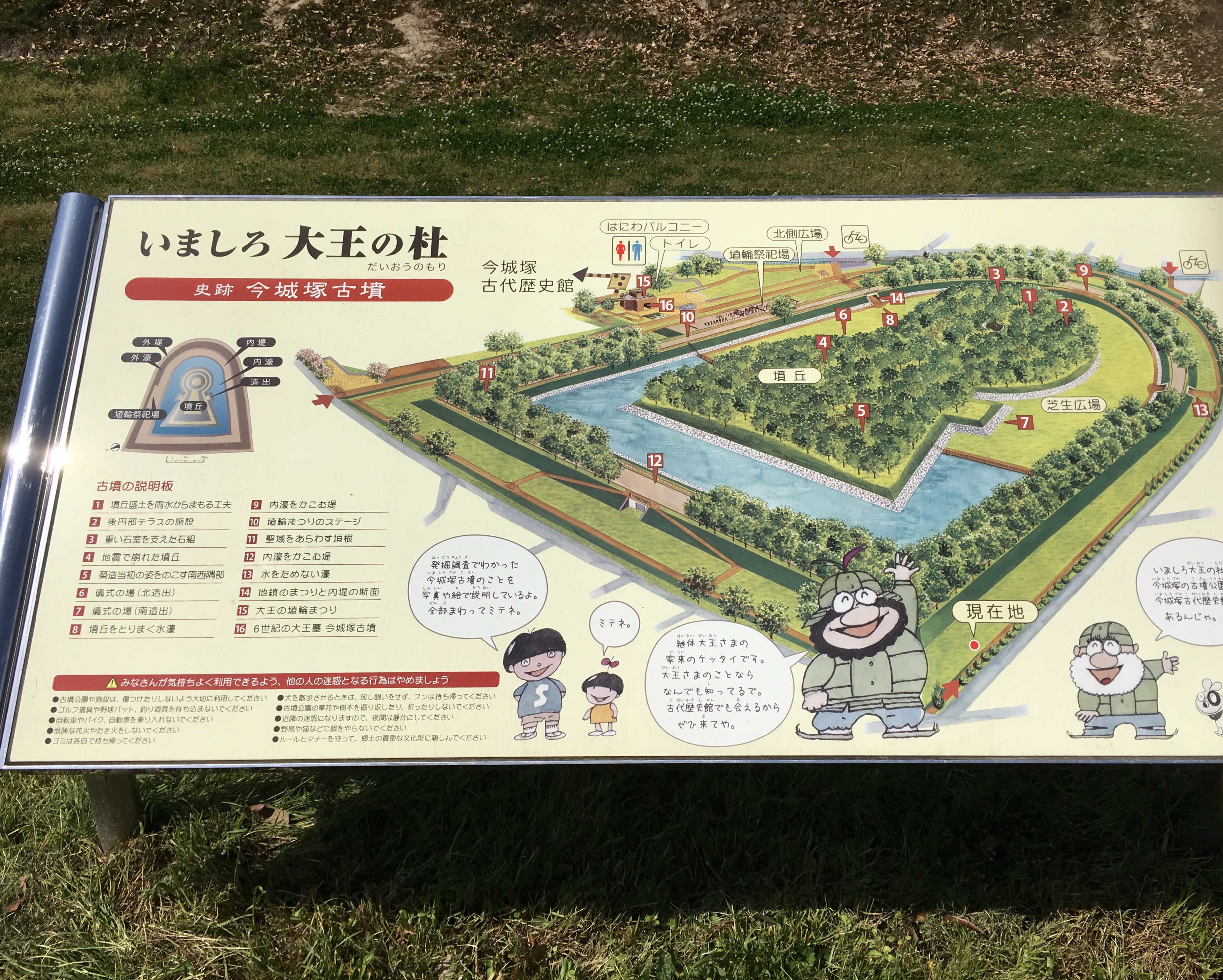
There were once many kofun throughout Osaka, but sadly a great number were lost to time.
Today, most kofun are overgrown with vegetation, but in their prime they were titanic structures covered in stone bricks. Naturally, only the most important and influential people got to be in these keyhole kofun. This fact strongly connects keyhole kofun to the foundations of Japan’s organized civilization.
See our article about the first keyhole shaped kofun, the Hashihaka Kofun.
About the Mozu-Furuichi Kofugun
The Mozu-Furuichi are a large group of kofun that spread across three cities located to the south of Osaka City: Sakai, Fuijidera, and Habikino. These tumuli consists of two sections; the Mozu area (Sakai) and the Furuichi area (Fujidera and Habikino). The kofun contain the remains of a number of emperors and their families. Most of the Mozu-Furuichi Kofun were built sometime between the 5th and early 6th century. According to the Osaka Promotion Bureau, this is area (from Sakai to Habikino) has the largest concentration of keyhole shaped kofun in the country. Near Sakai City’s Daisen Koen is the largest and most famous of these kofun, the Nintoku-Daisen-Ryo Kofun.
*In this post we break the Mozu-Furuichi Kofungun into the Mozu group and the Furuichi group. For now, we will just focus on the Mozu group and will add more about the Furuichi group at a later date.
Why Sakai?
You may wonder why are these huge Kofun in Sakai? It may seem even stranger since Sakai is quite far from the capital Nara. When these Kofun were made in the 5th century there was a road called the Takenouchi Kaido [竹ノ内街道]. Nationalized in 613, this road stretched from Sakai to the capital in Nara. The Takenouchi Kaido served an especially important function as the primary road to escort foreign dignities from China, Korea, etc…, to the capital.

Since Sakai was port city and the kofun so large, ships sailing in from other countries would be able to see the kofun as they approached land. By building kofun near Sakai and along the Takenouchi Kaido, the kofun helped to impress foreign figures of state, as feats of Japanese ingenuity and manpower.
For our intents and purpose today we are going to focus on the imperial kofun in the Mozu area, which is near Sakai city’s Daisen Koen.
The Mozu Kofungun
Daisen Kofun

As stated, the largest of the kofun in the Mozu-Furuichi Kofungun is the Nintoku-Tenno-Ryo Kofun. Built in the early 5th century, this kofun is also locally known as the Daisen Kofun. Measuring an impressive 486 meters long it is the largest kofun in Japan and is among the 3 largest tombs in the world! Unfortunately, the kofun has three moats and no one is allowed to enter the kofun, so it’s hard to see the actual grave.
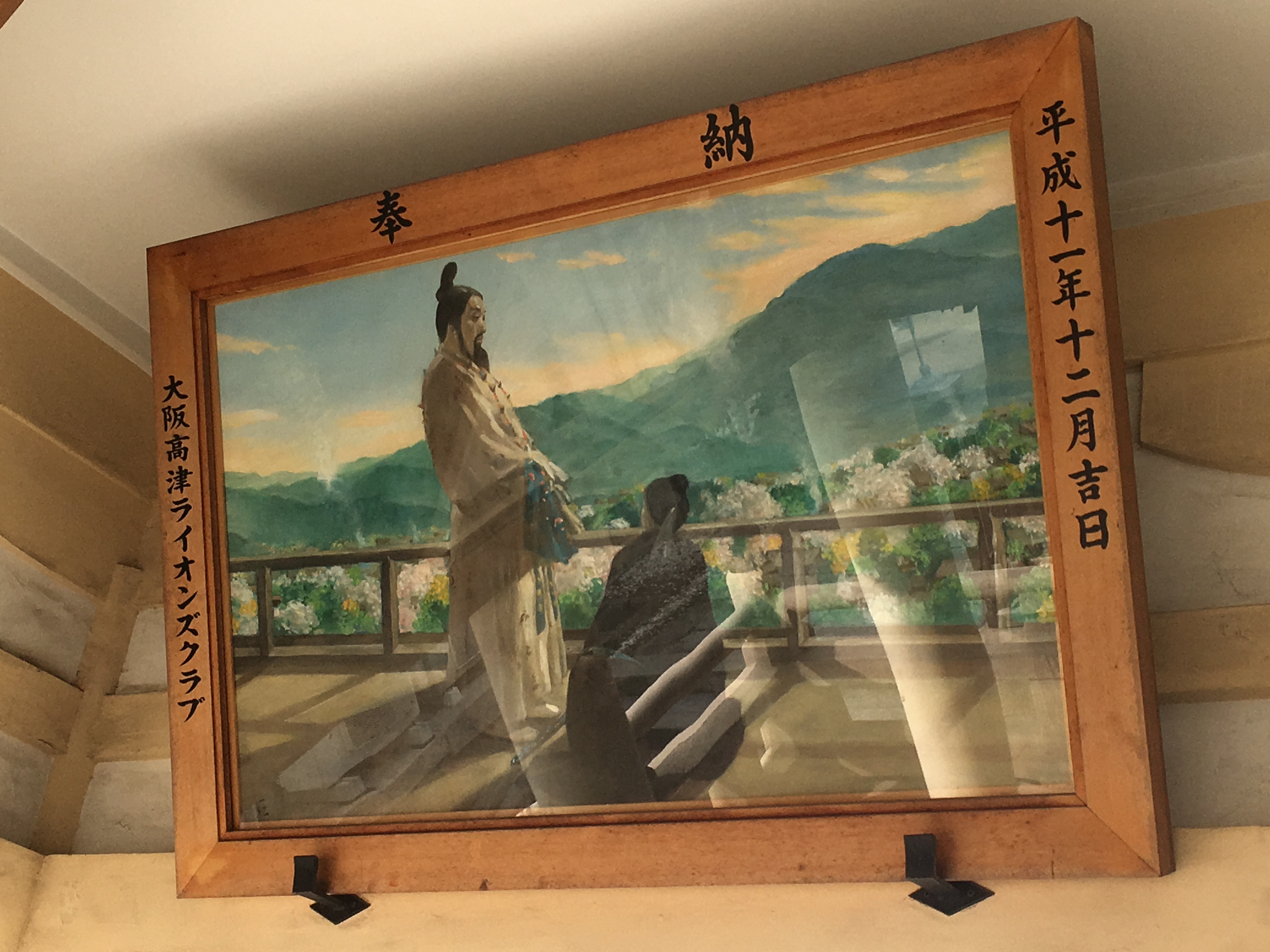
Japan’s 16th emperor, Emperor Nintoku is believed to be buried in Daisen Kofun. Nintoku is a very popular figure for the people of Osaka. First, he brought them status and power by moving his capital, known as Kozugu, to Osaka. Nintoku then, exempted the people of Osaka from taxation for a number of years after realizing they were very poor.
It seems clear then that when Nintoku died, the people spared no effort in order to make a huge kofun for their beloved emperor.
There are also a number of smaller kofun near the main one. These smaller kofun are not keyhole shaped and contain people and politicians that were close to the emperor. Their size is so different that it may be hard to realize these mounds are actually kofun.
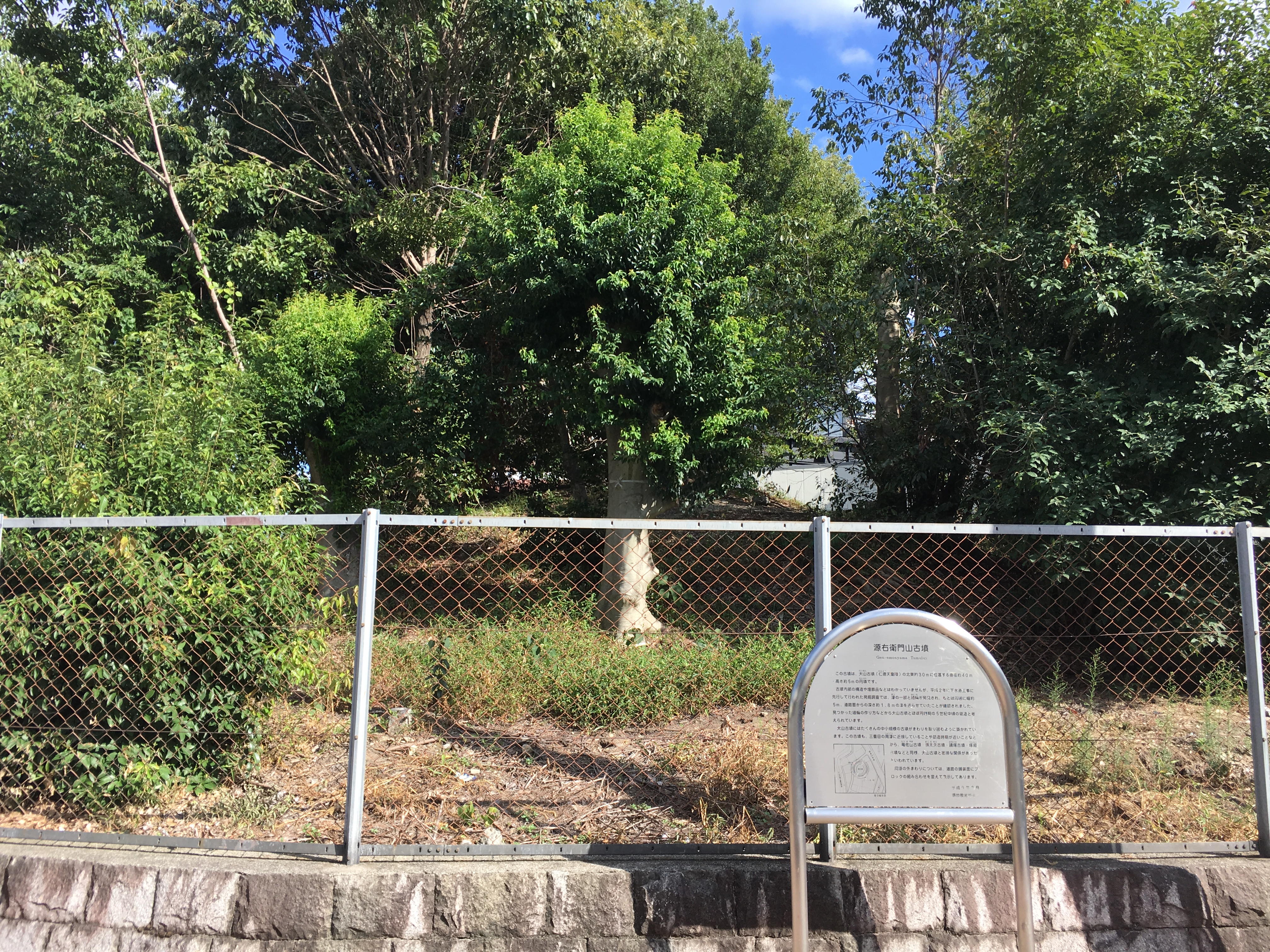
Getting to Daisen Kofun
Daisen Kofun is just north of Daisen Koen, which is 5 minutes from Mozu Station off the JR Hanwa Line. There is also an observation deck for Daisen Kofun near the station. The kofun is actually so huge that you can see it even from the train.
[mappress mapid=”56″ width=”95%”]
Kamiishizu Misanzai Kofun

Emperor Richuu, the 17th emperor of Japan, is buried in Kamiishizu Misanzai Kofun. He was the 1st son of Emperor Nintoku.

The kofun itself is not as long as Daisen Kofun, but it is still quite large and is the 3rd biggest kofun in Japan. Since it is only has a single moat, you can see the actual grave at a distance.
Getting to Kamiishizu Misanzai Kofun
Kamiishizu Misanzai Kofun is south of Daisen Koen and is very close to the Uenoshiba Station off the JR Hanwa Line.
[mappress mapid=”57″ width=”95%”]
Tadeiyama Kofun

Tadeiyama Kofun is the burial site for Emperor Hanzei, the 18th emperor of Japan. He was the 3rd son of the Emperor Nintoku. What records we do have on Emperor Hanzei suggest he was a very unique person. According to Kojiki, he was nearly three meter tall with one long tooth over 30 cm long. His teeth were so beautiful that he was called Mizuhawake no Mikoto [瑞歯別命], literally meaning “beautiful tooth god”.
Compared to the other two, this kofun is rather small; only 148m in length. Additionally, of the two original moats that surrounded the kofun, only one remains. Unfortunately, you cannot see the entire kofun well because it is in the middle of a residential area.
Getting to Tadeiyama Kofun
The Tadeiyama Kofun is roughly 5 minutes east of Sakai Higashi Station off the Nankai Koya Line. But keep your eyes opened! The kofun may be hard to find because it is in a residential area.
[mappress mapid=”58″ width=”95%”]
The Mystery of the Mozu-Furuichi Kofungun
Is Emperor Nintoku really in Daisen Kofun?
Emperor Richu is the first son of Emperor Nintoku and many Japanese people also believe that Nintoku is buried in Daisen Kofun. However, Japanese historian generally accept that Emperor Richu’s tomb, Kamiishizu Misanzai Kofun, was built before Daisen Kofun. So, why was a son’s tomb built before his father’s? This is one of the biggest mysteries of the Mozu Kofungun. Some researchers even go so far as to say that DaisenKofun may not be Emperor Nintoku’s tomb.
Nintoku’s Second son: Suminoe-nakatsu no Miko
If the emperor Richu is 1st son of the emperor Nintoku, and Hanzei is the 3rd then where the 2nd son? In fact, Nintoku’s 2nd son, Suminoe-nakatsu no Mikoto, was kind of a problem child. According to Kojiki, Richu was courting a princess by the name Kurohime. Suminoe also became infatuated with Kurohime, so he disguised himself as his brother and seduced her. To make matters worse, he then set Naniwanomia Palace on fire in a attempt to hide his crime. However, the fire was averted because Richu knew about his brother’s plan in advance. Later, Richu ordered Suminoe’s his assassination.
Discover Ancient Osaka
The bright lights and world class shopping of Osaka City often make people forget just how much rich history Osaka actually has. It is also very rare to be able to find this many keyhole kofun near such a large city. Sadly, the kofun go overlooked by most newcomers to Osaka. But, that is trying to change. Recently, Sakai City made the Mozu-Furuichi Kofungun a World Heritage site. Hopefully, with this new status more people from all over the world will learn about the significance of the Mozu-Furuichi Kofungun.
Coming next time,
The Not-So-Hidden, Hozen-ji Temple
The adventure continues…
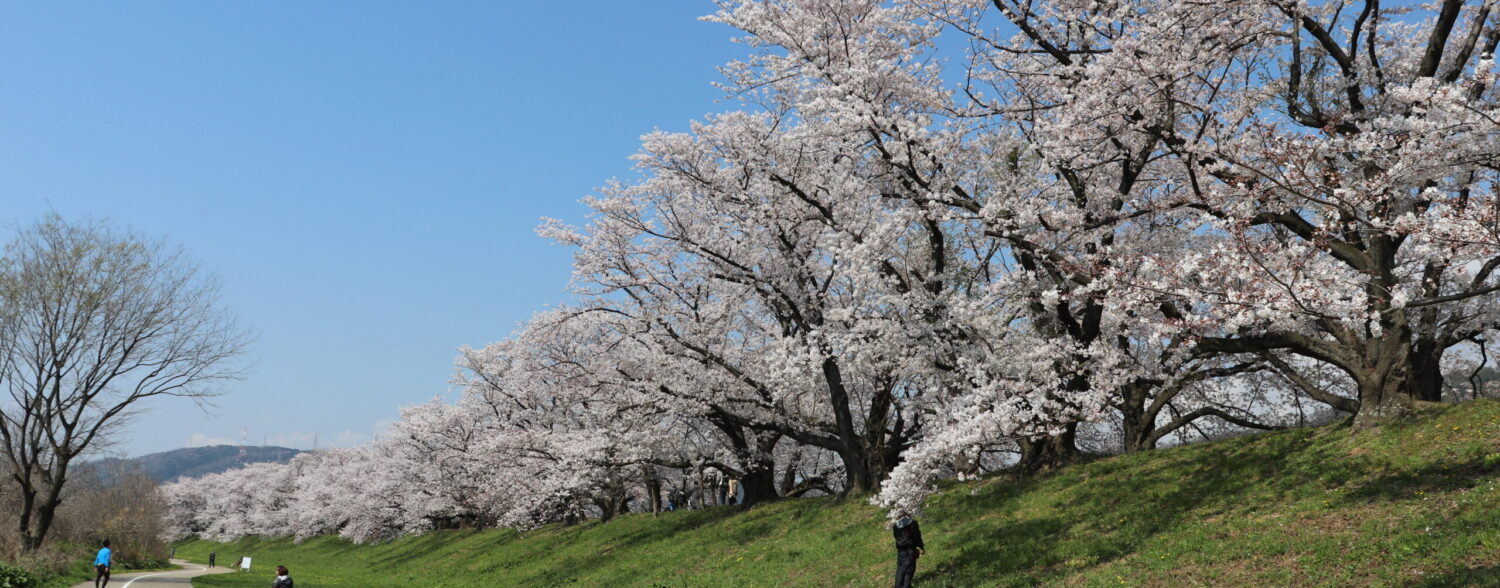
Leave a Reply